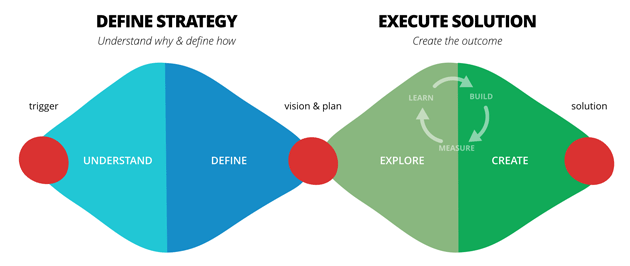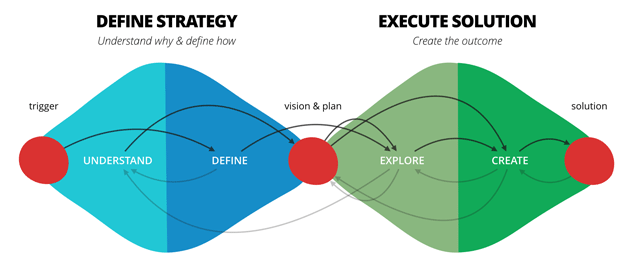Disclaimer: AI-generated summaries may contain errors, omissions, or misinterpretations. For the full context please read the content below.
Disclaimer: The statements and opinions expressed in this article are those of the author(s) and do not necessarily reflect the positions of Thoughtworks.

















